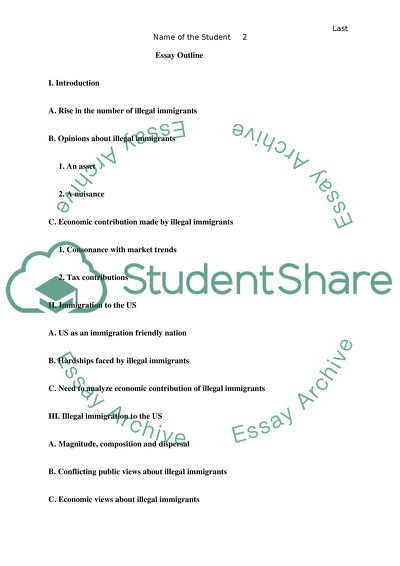Cite this document
(“Immigration in the United States, information on the National Term Paper”, n.d.)
Retrieved from https://studentshare.org/environmental-studies/1423694-immigration-in-the-united-states-information-on
Retrieved from https://studentshare.org/environmental-studies/1423694-immigration-in-the-united-states-information-on
(Immigration in the United States, Information on the National Term Paper)
https://studentshare.org/environmental-studies/1423694-immigration-in-the-united-states-information-on.
https://studentshare.org/environmental-studies/1423694-immigration-in-the-united-states-information-on.
“Immigration in the United States, Information on the National Term Paper”, n.d. https://studentshare.org/environmental-studies/1423694-immigration-in-the-united-states-information-on.


